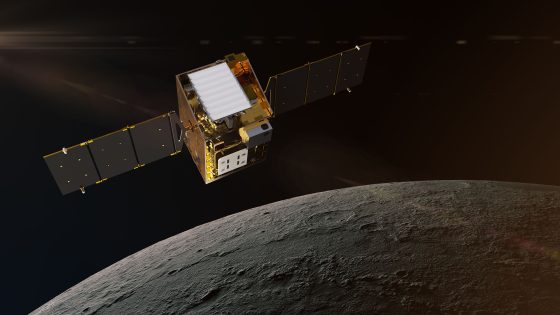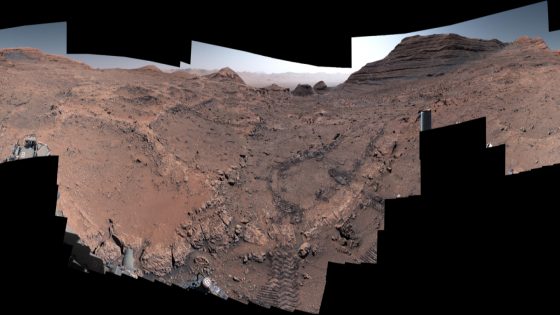NASA’s recent announcement regarding the Lunar Trailblazer mission marks a significant moment in lunar exploration. The mission aimed to map the moon’s water resources, crucial for future Artemis missions, but tragically ended when the orbiter lost contact on February 27, 2025. Despite extensive efforts to reestablish communication, NASA officially concluded the mission on July 31.
- NASA ends Lunar Trailblazer mission
- Orbiter lost contact shortly after launch
- Mission aimed to map moon's water stores
- Solar panels misaligned, drained batteries
- Global collaboration attempted to regain contact
- Athena lander also experienced mission failure
Initially launched aboard a SpaceX Falcon 9 rocket, Lunar Trailblazer was designed to provide insights into lunar water stores. Unfortunately, its solar panels failed to orient correctly, leading to battery depletion. Nicky Fox, associate administrator of NASA’s Science Mission Directorate, emphasized the importance of learning from such missions, stating, “While it was not the outcome we had hoped for, mission experiences like Lunar Trailblazer help US to learn and reduce the risk for future, low-cost small satellites.”
This outcome raises questions about the reliability of low-cost satellite missions. How can future missions avoid similar pitfalls? The need for robust systems is clear, especially as humanity prepares for a sustained presence on the moon. Key considerations include:
- Improved solar panel orientation mechanisms.
- Enhanced battery management systems.
- Collaboration with global scientific communities.
Looking ahead, continued investment in technology and international collaboration will be essential for overcoming these challenges and achieving successful lunar exploration.

































